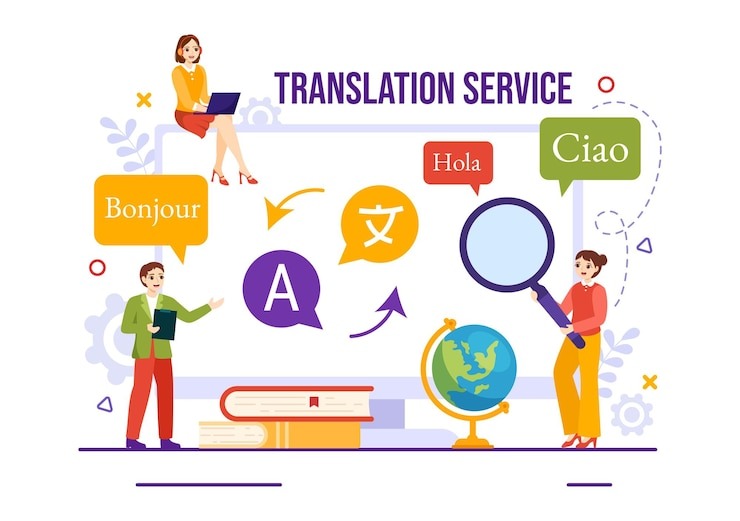In today’s globalized world, learning a new language is a valuable skill that bridges cultural gaps and enhances career opportunities. Language labs have emerged as a dynamic solution to language learning, providing learners with interactive and immersive experiences. Powered by language lab software, these labs offer a cutting-edge environment for mastering languages effectively and efficiently.
What is a Language Lab?
A language lab is a dedicated space equipped with advanced tools and technology designed to facilitate language learning. It leverages multimedia resources, interactive activities, and real-time assessments to provide students with a comprehensive and engaging learning experience. These labs cater to schools, colleges, and professional institutions, making them a versatile tool for language acquisition.
Key Features of a Language Lab
- Interactive Learning Modules
Language labs integrate multimedia tools, including audio, video, and interactive exercises, to help learners grasp complex language concepts. - Real-Time Feedback
With built-in evaluation systems, language labs provide instant feedback on pronunciation, grammar, and vocabulary usage. - Personalized Learning Paths
Language lab software enables customized lesson plans tailored to individual learning paces and goals. - Focus on Communication Skills
Emphasizing listening, speaking, reading, and writing, language labs provide a holistic learning approach. - Collaborative Learning Options
Some labs include group exercises and role-playing activities, fostering peer interaction and collaboration.
The Role of Language Lab Software
Language lab software forms the backbone of modern language labs. It automates processes, tracks learner progress, and offers an intuitive interface for managing lessons. The software is equipped with several features to elevate the language learning experience:
1. Speech Recognition Technology
Advanced language lab software includes speech recognition tools that analyze pronunciation and provide corrective feedback. This technology helps learners develop accurate accents and speaking fluency.
2. Content Libraries
Most software solutions come with pre-loaded content libraries, covering a range of languages and skill levels. These resources eliminate the need for additional materials.
3. Analytics and Reporting
Teachers and administrators can track learners’ progress through detailed analytics and reports, ensuring that areas of improvement are identified and addressed promptly.
4. Remote Learning Capability
Many language labs now offer cloud-based access, enabling learners to practice anytime, anywhere, using their devices.
5. Multilingual Support
Whether the focus is on English, Spanish, French, or any other language, language lab software supports multiple languages, catering to diverse learning needs.
Benefits of Using a Language Lab
1. Enhanced Listening and Speaking Skills
The use of multimedia aids in improving listening comprehension, while interactive speaking modules help learners gain confidence in verbal communication.
2. Accelerated Learning
With features like real-time feedback and personalized lessons, students can overcome language barriers faster than traditional methods.
3. Error Correction in Real-Time
Immediate feedback on pronunciation and grammar allows learners to rectify errors before they become habitual.
4. Motivational Learning Environment
The gamified elements of language lab software keep learners engaged and motivated to progress through various levels.
5. Teacher Facilitation
Teachers can focus on guiding and mentoring rather than administrative tasks, as the software takes care of evaluations and lesson management.
Applications of Language Labs
Language labs are utilized across various domains, including:
- Educational Institutions: Schools and universities incorporate language labs into their curriculum to teach foreign languages.
- Corporate Training: Companies use these labs to train employees in business communication and foreign languages.
- Language Institutes: Specialized centers rely on language labs to offer certification courses in multiple languages.
Choosing the Right Language Lab Software
When selecting a language lab solution, consider the following factors:
- Ease of Use
The software should be user-friendly for both learners and administrators. - Compatibility
Ensure the software works seamlessly with your institution’s existing hardware. - Customizability
Look for software that allows lesson customization to meet the unique needs of learners. - Support and Updates
Choose a provider that offers reliable customer support and regular updates to keep the software current.
The Future of Language Labs
As technology evolves, language labs will continue to innovate, incorporating artificial intelligence, virtual reality, and augmented reality to make language learning even more immersive. These advancements promise to bridge the gap between learners and fluency, breaking down language barriers globally.
Conclusion
The combination of a well-equipped language lab and robust language lab software can revolutionize how languages are taught and learned. By offering an interactive, efficient, and personalized approach, language labs cater to the diverse needs of modern learners. Whether in educational institutions or professional settings, language labs are paving the way for a multilingual world.

